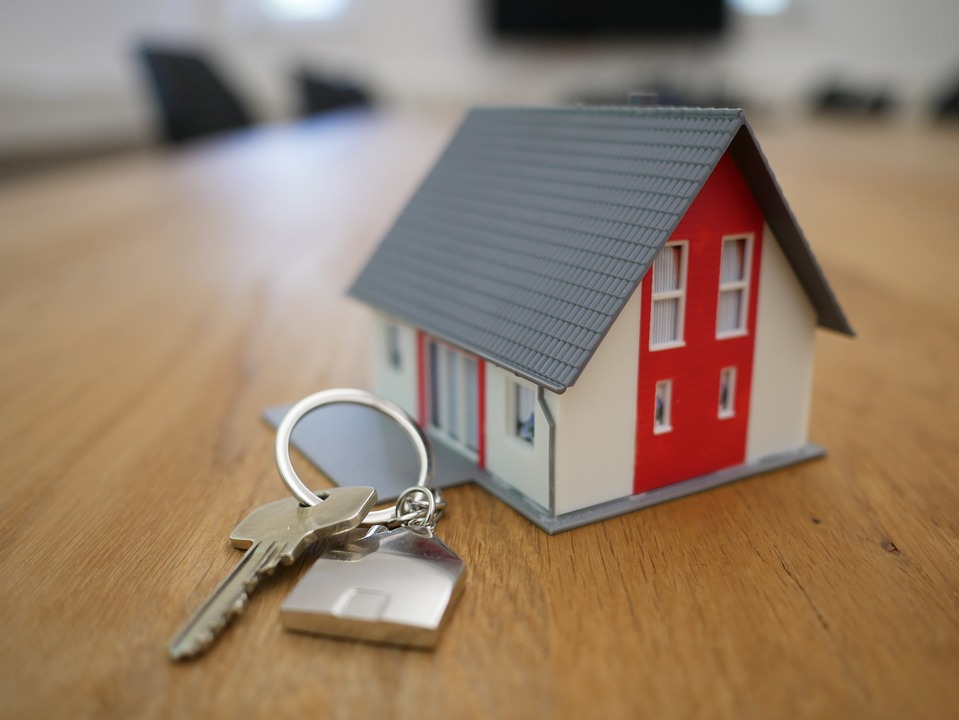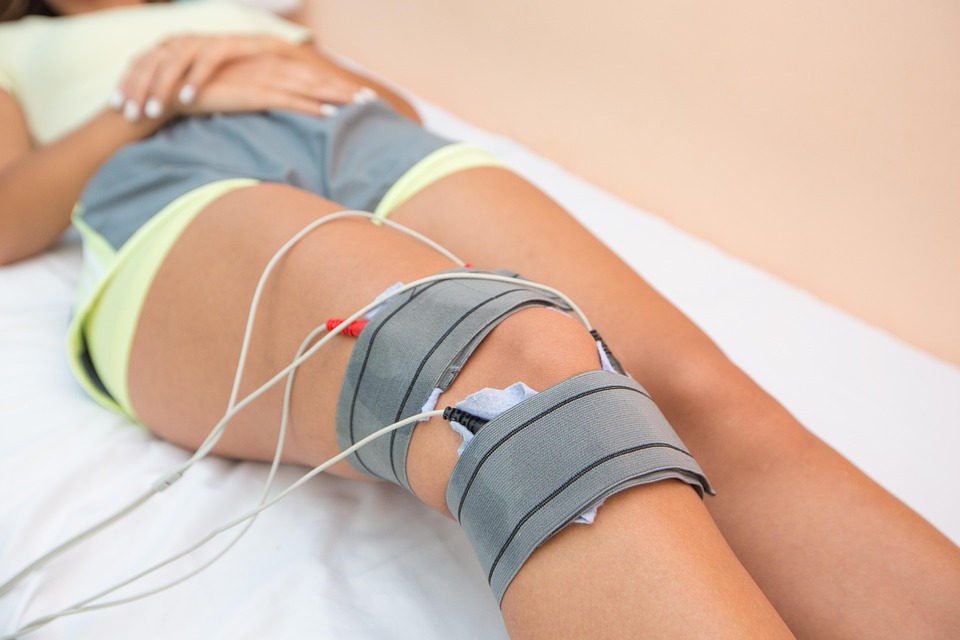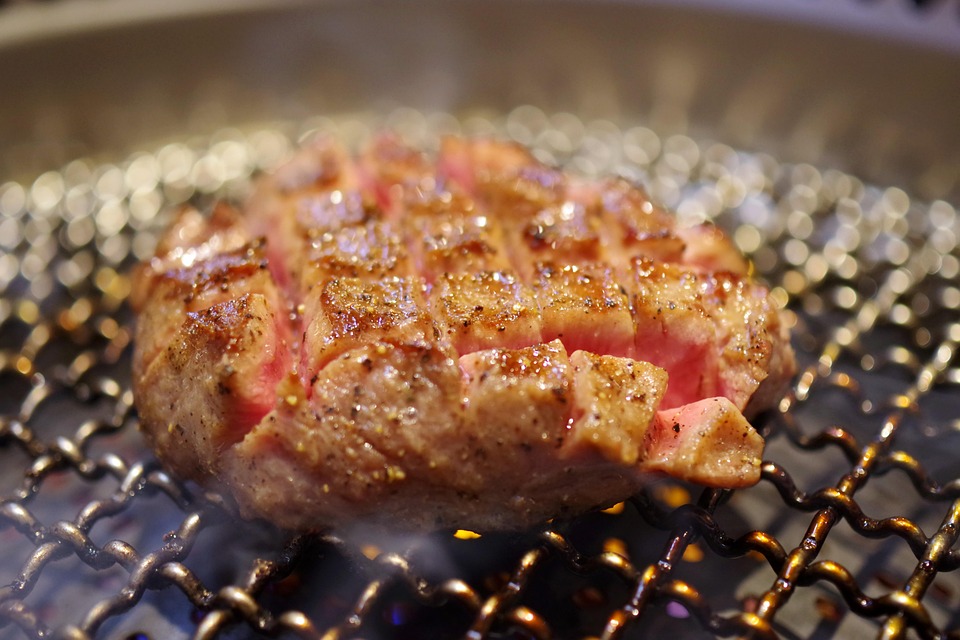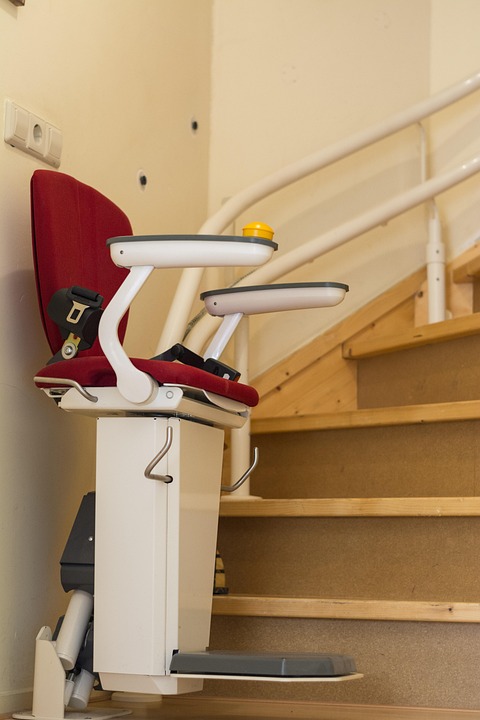In the quest for effective weight loss solutions, many people find themselves overwhelmed by diet plans, workout regimes, and the latest fitness fads. One emerging trend that is turning heads in the wellness community is red light therapy (RLT). But how exactly does RLT contribute to weight loss? In this article, we’ll explore the science behind red light therapy, its benefits, and how it can help unlock your weight loss goals.
What is Red Light Therapy?
Understanding Red Light Therapy
Red light therapy is a non-invasive treatment that involves exposing your skin to low wavelengths of red and near-infrared light. This therapy has been used for various medical and aesthetic purposes, from skin healing to anti-aging treatments.
How Red Light Therapy Works
- Cellular Energy Production: The primary mechanism of action involves stimulating mitochondria, the powerhouse of cells, to produce more adenosine triphosphate (ATP). Increased ATP leads to enhanced cellular energy, promoting healing and regeneration.
- Enhanced Blood Circulation: Red light therapy improves blood flow, ensuring that nutrients and oxygen reach your cells effectively.
- Reduction of Inflammation: It can also help reduce inflammation, contributing to overall health and wellbeing.
The Science Behind Weight Loss and Red Light Therapy
How RLT Can Aid Weight Loss
-
Fat Reduction: Research suggests that red light therapy may help reduce adipose (fat) tissue. A study published in the journal Obesity Research showed that RLT reduced waist circumference and body mass index in participants.
-
Increased Metabolism: By enhancing mitochondrial function, RLT can potentially increase metabolic rates. The rise in ATP production means your body may burn calories more efficiently.
-
Appetite Regulation: Some studies indicate that RLT may affect the endocrine system, potentially regulating hormones related to appetite and satiety, such as leptin and ghrelin.
-
Improved Muscle Recovery: If you’re incorporating exercise into your weight loss plan, faster recovery times from workouts can allow you to train harder and more frequently.
Evidence from Studies
- A clinical trial demonstrated that subjects who underwent red light therapy lost significantly more weight than those who did not.
- In another study, participants experienced a reduction in body fat percentage after consistent RLT sessions.
Benefits of Incorporating Red Light Therapy into Your Routine
Non-Invasive Treatment
Unlike surgical procedures, RLT is painless and requires no downtime.
Time Efficiency
Many sessions last only about 10-20 minutes, making it easy to fit into any busy schedule.
Versatile Applications
Red light therapy can be used in conjunction with other weight loss strategies, such as diet and physical activity, to amplify results.
How to Use Red Light Therapy for Weight Loss
Choose an Appropriate Device
Red light therapy can be delivered through various devices, including:
- LED panels
- Handheld devices
- Full-body beds
Choose a device that fits your lifestyle and budget.
Establish a Routine
For optimal results, consider the following tips:
- Frequency: Aim for 3-5 sessions per week.
- Duration: Sessions typically range between 10-20 minutes.
- Consistency: Regular use will yield better long-term results.
Combine with Other Weight Loss Strategies
For the best outcomes, integrate RLT into a holistic approach that includes:
- Balanced Diet: Focus on whole foods, lean proteins, and healthy fats.
- Regular Exercise: Engage in both cardio and strength training.
- Hydration: Drink plenty of water throughout the day.
Safety and Side Effects
Is Red Light Therapy Safe?
In general, red light therapy is considered safe for most individuals. However, here are some precautions:
- Consult a Healthcare Provider: Before starting any new treatment, especially if you have existing health conditions.
- Avoid Eye Exposure: Direct exposure to the eyes can be harmful, so use protective eyewear during sessions.
Possible Side Effects
Though rare, some individuals may experience:
- Mild redness or irritation at the treatment site.
- Temporary sensation of warmth.
Conclusion: The Future of Weight Loss with Red Light Therapy
As the obesity epidemic continues to rise, exploring innovative and effective weight loss strategies becomes crucial. Red light therapy offers a compelling option, supported by scientific research and a growing community of advocates. While it isn’t a magic bullet, when combined with a healthy lifestyle, RLT can help unlock your weight loss potential.
If you’re serious about shedding those extra pounds, consider adding red light therapy to your arsenal. By understanding the science behind it, you can make informed decisions that support your weight loss journey.
The path to wellness is multifaceted, and red light therapy may just be the enlightening step you’ve been searching for. Embrace the light and take control of your health today!
Feel free to share your thoughts or experiences with red light therapy in the comments below! Your journey could inspire someone else on their weight loss adventure.








 Weight Loss, Unlocked.
Weight Loss, Unlocked.